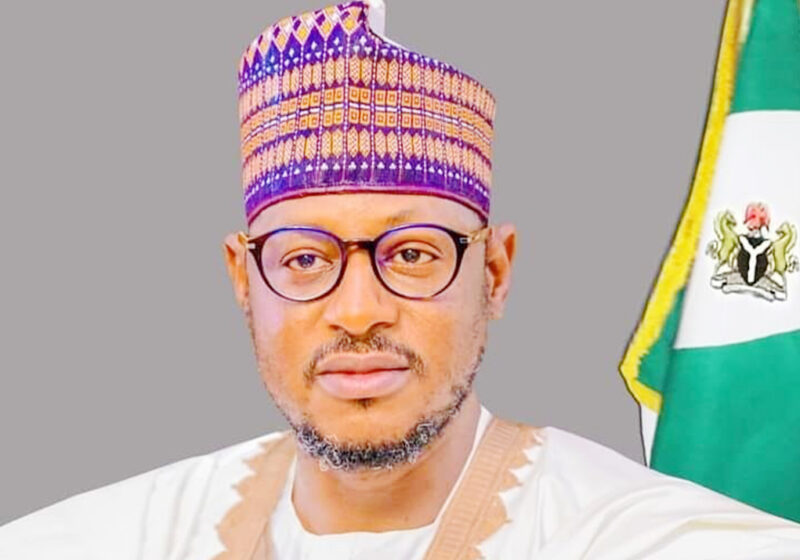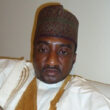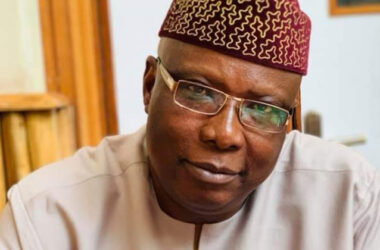The Governor of Katsina State, Dikko Radda, has given approval to the Katsina State Bureau of Statistics to carry out a general headcount of Almajiri and Islamiyya schools across the state.
This was made known by the Statistician General of the state, Prof. Saifullahi Sani, during a key stakeholders’ meeting held in Katsina on Thursday.
According to him, the purpose of this exercise is to gather full and accurate data that will help in reshaping the existing Qur’anic school system and address major challenges linked to out-of-school children.
Sani noted that the census would help the government gather a wide range of information — from the number of schools and pupils to the social and economic conditions of the children involved.
Sani said, “The objectives of the census include to have a comprehensive database of all Qur’anic Schools and to provide a comprehensive pattern of out-of-school children in the state.
“The objectives are to also ascertain the livelihood status of the pupils, to ascertain their state of origin, to have a comprehensive data of the teachers of the schools.
“This is indeed the order to have a comprehensive data of the students/ pupils in the sector.
“It’s also to ascertain the number of pupils who are engaged in begging in the state and to assist in understanding the current implementation trends, identifying gaps, and guiding in the development of appropriate interventions.”
He revealed that the outcome of the census would inform interventions and initiate pertinent efforts to transform the present system of Qur’anic education.
According to Sani, the study expects to find an evidence-based middle ground that will dispel the resistance of farmers on cattle colonies, RUGA and pastoral rejection of cattle ranches, inclusive development within the framework of sustainability.
He added, “Katsina State, as in other North-Western states of Nigeria, has an agrarian economy with rapid expansion of agro-allied industries.
“The state is often described as a home of hospitality mirroring a century standing heritage, trade, education and commerce.
“The State has a projected population of 10,336,394 in 2025, comprising children, adults and people with disabilities.
“The population is projected to increase to 12,033,029 (16.4%) by 2030.
“This points to an increase in vulnerability, climate change, urbanisation, floods and drought with effect on increased disaster management activities.”
According to him, these factors shaped the intensity of rural-urban migration, saying that historically, the state was one of the ancients with long-existing tradition of Qur’anic System of education known as Almajiri schools.
He explained that the rapidly changing social context had necessitated the multi-dimensional and multi-sectoral but integrated approach of transforming the extant Almajiri and Islamiyya schools.
The statistician general stated, “The changes shall reflect a paradigm shift in how we perceive both the Ulama and the pupils.
“From street beggars and house boys to future leaders and inventors.
“Therefore, we must plan strategically in order to transform this vision into reality. It is data-driven.
“A comprehensive data containing demographics, socio-economic and migratory history and geo-tagged.
“The conduct of Qur’anic school census in the state is informed by the need of having a comprehensive baseline data that will inform transformative evidence-based interventions in the state.”
Sani further pointed out that the extant Tsangaya programmes have performed below expectations, partly due to a paucity of data.
He added, “But the baseline backstops the current initiatives was not driven through census, rather just a product of administrative and survey data.”
Stakeholders at the meeting were religious leaders, Islamic school/tsangaya proprietors and traditional leaders, among others.










